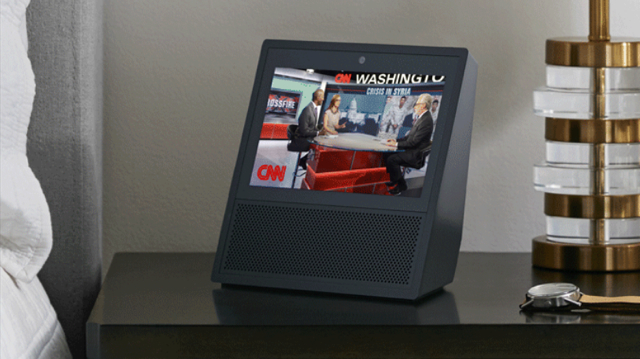VC Firm Predicts 45 Billion Cameras Worldwide in Five Years
August 14, 2017
A new study predicts that smartphones of the future could have as many as 13 cameras capturing 360-degree, 3D video that can easily create augmented reality as well as the optical zoom and aperture effects of a digital SLR camera. Although that might sound far-fetched, there are already billions of cameras in the world today, a figure that is expected to explode in the next five years. That equals a lot of surveillance, but also new capabilities for smartphones, wearables, autonomous vehicles and a range of other smart devices.
“LDV Capital, a VC firm that invests in visual technologies such as computer vision,” reports Fast Company, “polled experts at its own portfolio companies and beyond to predict that by 2022, the total number of cameras in the world will reach about 45 billion.”
“Next to phones, other camera-hungry products will include robots (including autonomous cars), security cameras, and smart home products like the new Amazon Echo Show, according to LDV.”
“Today if you walk through New York or the major parts of San Francisco, the parks and rail stations, we’re being photographed all the time,” said LDV founder/photographer Evan Nisselson, who thinks that the public will accept this “as long as the contextual relevance benefits me as a human.”
For example, he points out that his Echo Show could observe that his pants are worn “and offers to order him a new pair,” or “a stove that turns off if a child steps too close to it … or a front-door camera with facial recognition that allows only approved people to enter.” A refrigerator with cameras can tell if the door is open or keep track of what’s inside, says Nisselson. In fact, according to IHS Technology, “fridges account for nearly all of the home devices that come with cameras today.”
The drop in camera prices and the advent of artificial intelligence means that, “more cameras collect more visual data for algorithms to learn from, enabling more camera-based AI services.” “Ninety percent of the data AI needs to succeed, I believe, is going to be visual,” said Nisselson, who points to potential uses with cars. “If it photographs you every day driving your car, but on the 30th day, you’re acting very abnormally, the car knows that,” he said.“The challenge will be to identify what that issue is.”
LDV predicts that wearable camera adoption will be much slower, and that “augmented reality will also create a hunger for cellphone cameras, to survey your surroundings and to measure distances for a hyper version of ‘Pokémon Go’ that incorporates all types of information into the view on the smartphone screen.”


No Comments Yet
You can be the first to comment!
Sorry, comments for this entry are closed at this time.